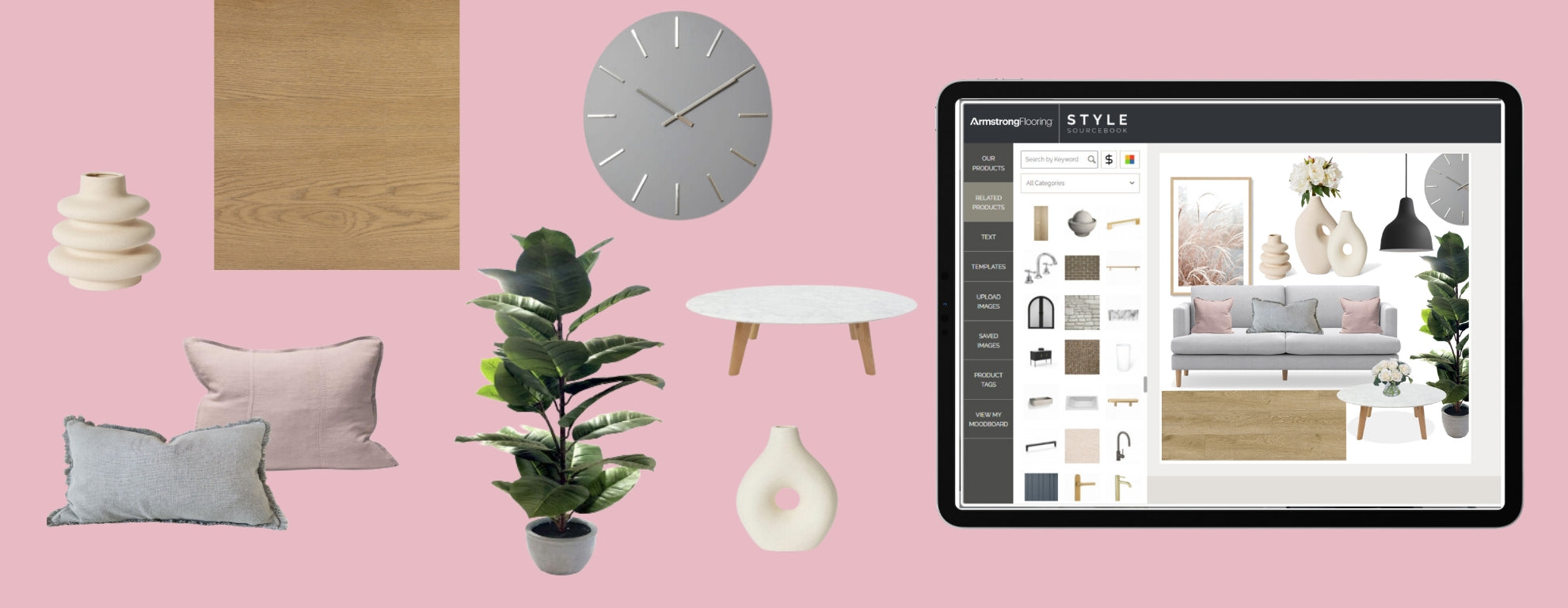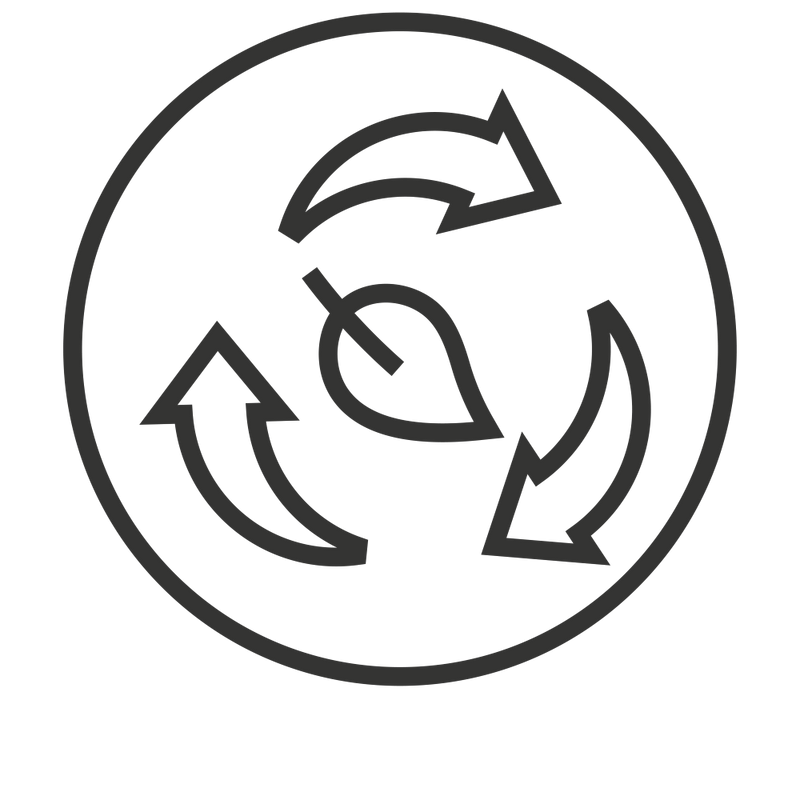What is a Mood Board?
An interior design mood board is a collage of images (and sometimes text) of the design elements you plan to use in your space. Your mood board inspo could include things like colour palettes, furniture, flooring, wall and window treatments, decor, artwork styles, accessories and anything else that brings you joy. Bringing all of these aspects together allows you to better visualise how different styles would look in your space, and how individual elements look together to curate a cohesive and harmonised aesthetic. Moodboards are the first step to bringing your designs to life!
How to Make a Mood Board
Once you have an overarching style in mind, you can start gathering mood board interior design elements:
- Choose 4–6 colours that embody your desired style and feel, and include this colour palette swatch as a reference on your mood board. This acts as a foundation to help maintain the overall harmony of the look throughout your moodboard-making process.
- Collect pictures or photos of things like decor, flooring, paint, wallpaper, artwork, furniture, cushions, throws and accessories that match your chosen style and colour scheme, then add these to your mood board.
- Ensure you include a variety of textures and tones within your elements to give your design depth and visual interest. Try the elements in different combinations, swapping things around until you find a collection that resonates with you.
When deciding how to create a mood board it helps to choose an overall style or vibe to help guide you in the right direction. Popular styles for inspiration include Coastal, Scandinavian, Minimalist, Industrial, Rustic Farmhouse, Traditional, Hamptons and Modern.
How to you lay out a mood board?
When you make a mood board, it's important to focus on quality over quantity and not to overcrowd it with everything you find. Here are a few quick tips:
- Start by giving your interior mood board a clear title, and a neutral background that won't compete or clash with your images.
- Organisation is key - you could group your images by colour, texture or by room type. For instance, you could group images of a couch, rug, coffee table, artwork, throw and cushions together under a sub-heading of "The Living Room", and make focal pieces larger to draw the eye.
- Keep your image sizes consistent, and incorporate some white space to avoid it becoming visually cluttered.





